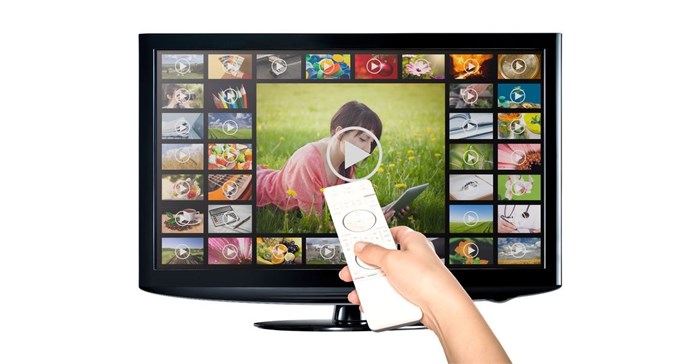Despite the relatively recent arrival of subscription-based VOD services, such as ShowMax and Netflix, the survey found that 63% of South Africans watch some kind of video-on-demand programming on an online device and 79% do so at least once a week.
Nielsen South Africa MD, Craig Henry comments, “The projected growth of VOD programming services in South Africa has the potential to create opportunities for all players in the media ecosystem. For audiences, advertisers and content providers alike, advantage will be gained with an in-depth and keen understanding of not just how consumer viewing dynamics are changing, but why they are changing.”

These types of insights are contained within the Nielsen study also asked the type of service South Africans currently pay to watch broadcast programming or VOD programming or both - 57% said a satellite provider, 11% a cable provider and 10% an online service provider. Rather than replacing paid traditional TV services however, growing online-service subscriptions are instead supplementing traditional viewing habits and highlighting South African’s increasing appetite for entertainment. In terms of the genres of content being consumed, movies dominate at 80% followed by TV series (59%), comedies at 46% and documentaries at 40%.
However, for most South African viewers, it is clear that online and traditional services are not mutually exclusive, but complementary. A clear advantage for traditional network providers is that there is no simple replacement for live news and sports programming. The majority of South African survey respondents (85%) said they have no plans to cancel their existing traditional satellite service in favour of an online-only service.
Where VOD takes the field, however, is in its convenience, with 87% of South African viewers saying that watching video-on-demand programming on their TV/ computer/ tablet/ mobile phone or other online device allows them to watch content at a time that is convenient to them. Binge viewing is also a growing phenomenon with 71% of viewers saying they like to catch up on multiple episodes in one sitting, rather than be dictated to by traditional programming’s inflexible scheduling. In fact, so much so, that 69% of respondents said they wish there was more VOD programming choices available.
In terms of the perceived advantages of VOD viewing, 69% of respondents reported they prefer the larger screen formats of traditional TV. This is somewhat countered by 62% of South Africans saying they preferred the added convenience of multiple viewers in a household being able to watch different programming on different devices at the same time. When logging onto VOD programmes, the devices of choice are computers (73%), mobiles (54%), tablets (42%) and smart TVs (33%), with blue-ray and game consoles coming up behind.
The bad news for advertisers is that 77% of South African consumers say they find advertising distracting and 71% say they wish they could block ads. What should be illuminating for local marketers, is that 70% report that the advertising they are being served is for products they do not want. Revealing a clear opportunity for better engagement, 64% of South Africans said they would not mind being served advertising if it was only for products they were interested in. This was strengthened with 54% of South Africans reporting they do not mind advertising content if they can view free content.
Henry comments, “In a crowded media environment, relevant ads and brand experiences are critical for engaging consumers. The advertisers with the greatest brand and sales impact will naturally be those that connect messages about products and services with the people who want them.”
At a broader level, it is not just the youngest respondents engaging with VOD programming. The report’s global statistics bear testimony to a higher percentage of Generation Z and Millennial respondents watching on-demand content daily or more often than their older counterparts, with more than one-fifth of Silent Generation respondents and one-quarter of Baby Boomers saying they watch at least once a day.
Overall, the report states that as choice continues to increase for the consumer, new ways to discover content will be critical. Smarter discovery interfaces and content recommendation algorithms that predict personalisation present huge opportunity for local marketers.
“As evolving consumers continue to watch content on their own terms, so savvy content providers are also recognising the need for seamless integration of content across devices and the need to help consumers navigate through the abundance of available content and only select the programming that is most likely to be of interest,” concludes Henry.
The Nielsen Global Video-on-Demand Survey was conducted 10 August to 4 September 2015 and polled more than 30,000 online consumers in 61 countries throughout Asia-Pacific, Europe, Latin America, the Middle East/Africa and North America. The sample includes Internet users who agreed to participate in this survey and has quotas based on age and sex for each country. It is weighted to be representative of Internet consumers by country. Because the sample is based on those who agreed to participate, no estimates of theoretical sampling error can be calculated. However, a probability sample of equivalent size would have a margin of error of ±0.6% at the global level. This Nielsen survey is based only on the behaviour of respondents with online access. Internet penetration rates vary by country. Nielsen uses a minimum reporting standard of 60% Internet penetration or an online population of 10 million for survey inclusion.